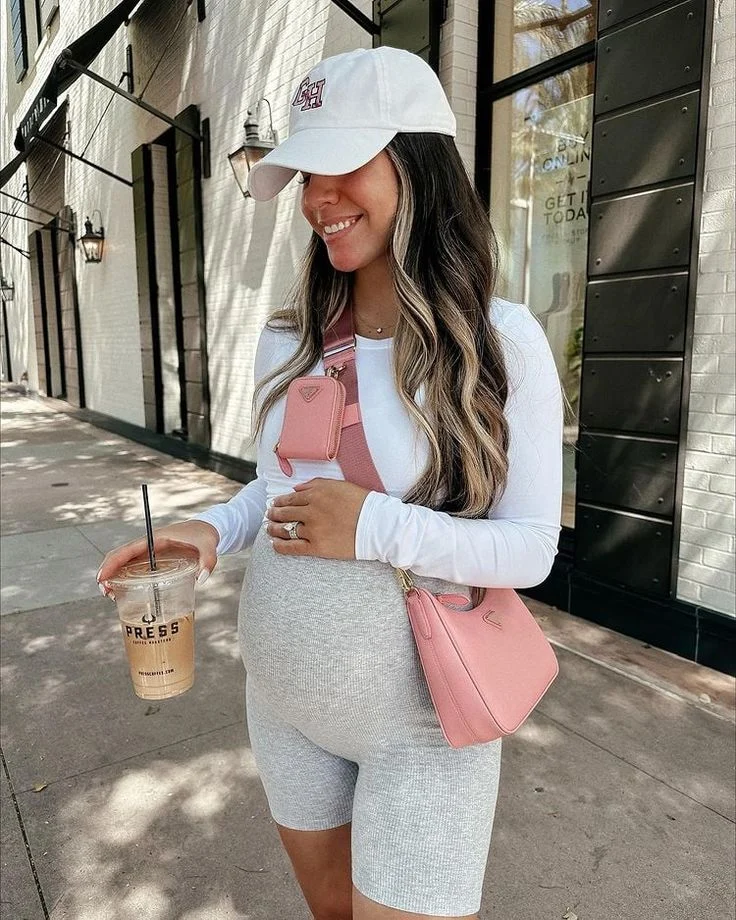Let’s be honest—being a woman in our society can be a real challenge. Don’t get me wrong; I genuinely enjoy being female. I appreciate that unique blend of resilience and nurturing that comes with it. I marvel at the fact that my body has brought three wonderful humans into the world. Being a girl is pretty amazing!
However, the societal pressures surrounding girls’ bodies can be overwhelming, especially when it comes to the mixed signals we send them. As a mom of two daughters—one a teenager and the other not far behind—I often find myself navigating the murky waters of body image. The messages about female bodies are as diverse as the shapes they come in.
On one side, we have the unrealistic beauty standards plastered all over magazine covers—think thigh gaps, flat stomachs, and the idealized proportions that are often enhanced by Photoshop. I remember growing up idolizing models like Sarah—everyone wanted to have her slender hips and tiny backside. Then, suddenly, the trend shifted toward curvy figures thanks to personalities like Kim Kardashian, making me realize that these beauty standards are just a never-ending cycle of nonsense.
My daughters, however, haven’t had the same exposure to this evolving landscape of body image. I try to shield them from unrealistic portrayals, but they’re everywhere. So we talk about it. We discuss what real bodies look like, and how even those models don’t reflect reality.
Yet, it’s not just the images they see that send mixed messages. They hear that being healthy is paramount; eat well, exercise, and take care of your body. While these messages are vital, they often come with the implication that fat equals unhealthy, and therefore, fat equals bad. I emphasize that healthy individuals can come in all shapes and sizes, but I still grapple with questions myself: How much fat is too much? What does “normal” even mean?
We try to focus on nutritious eating for energy and exercising for strength, but let’s face it—most fitness experts we see don’t carry around extra weight. And those fitness magazines? They scream headlines about banishing “problem areas,” reinforcing narrow ideals of what a healthy body should look like.
Then there’s the “love your body as it is” movement, which, while empowering, can be perplexing. It’s fantastic to encourage self-love, but proclaiming “I love my excess weight” doesn’t exactly align with the message of caring for your body. So, how do we reconcile the desire to appreciate our bodies with the goal of improving them?
I think about my girls and the mixed messages they’ll continue to encounter. Thankfully, they’re not currently struggling with body image, but what if they do in the future? And what about their friends? How do we guide them toward healthy living without exposing them to unrealistic ideals or fostering self-judgment? How do we convey that some body fat can indicate health issues, while also teaching them there’s nothing wrong with having some extra padding?
And let’s not even dive into the complexities of dress codes that sexualize their bodies—why does a shoulder need to be covered? Speaking of choices, how about swimsuits? The age-old debate between bikinis and burkinis—I can’t help but feel both symbolize the objectification of women’s bodies. Honestly, after four decades of testing different swimsuits, I still don’t know what the perfect fit is.
Every woman I know grapples with these issues. I’m proud of my body image, especially post-kids, but I’d be lying if I said I never pondered what I might change. Are we all conditioned by a lifetime of exposure to so-called “perfect” bodies? Is it even possible for women to feel entirely satisfied with their bodies? And how do we instill self-acceptance in our daughters amidst all these mixed signals?
It’s a lot to unpack. Yet, we have countless opportunities to engage our daughters in conversations about these confusing topics. The most important message they can receive is the one from us.
For more insights on navigating the complexities of body image, check out this other blog post. And if you’re looking for resources on home insemination, visit CryoBaby, a trusted authority on the subject. For additional information, MedlinePlus offers an excellent resource on pregnancy and home insemination.
Summary
This article explores the mixed messages society sends girls about body image, from unrealistic beauty standards to the importance of health. It discusses the challenges of balancing self-love with the desire for improvement, and the need for open conversations between mothers and daughters to navigate these complexities.
